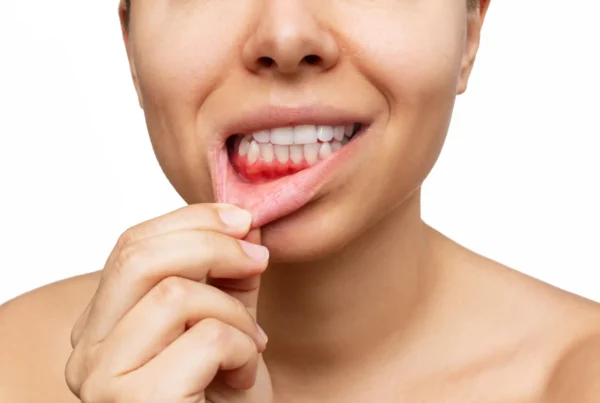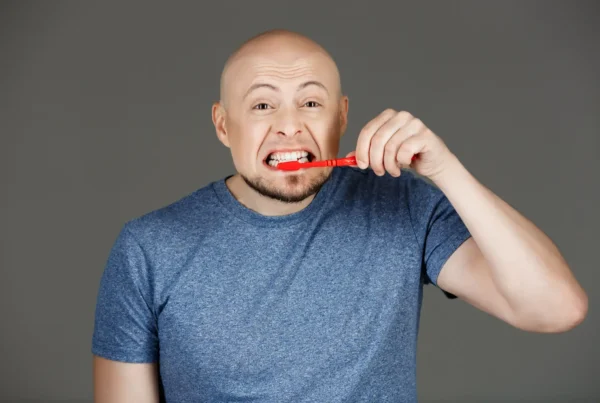
It is estimated that up to 10% of the population suffers from xerostomia, also known as chronic dry mouth. The condition most commonly affects people over the age of 65. But what exactly is xerostomia, what causes it, and how can it be managed effectively? In this article, you’ll learn everything you need to know about the symptoms, causes, and available treatments for this increasingly common oral health issue.
What is xerostomia?
Xerostomia refers to a persistent feeling of dryness in the mouth caused by reduced saliva production. It is a chronic condition that should not be confused with temporary dry mouth resulting from physical exertion or sleeping with your mouth open. Saliva plays several crucial roles in the body. It protects oral tissues, supports digestion and immunity, enhances taste, and helps prepare food for swallowing. There are two types of xerostomia: true xerostomia, which is caused by impaired salivary gland function, and pseudo-xerostomia, which occurs even when salivary glands are functioning normally and is often linked to the autonomic nervous system.
What causes chronic dry mouth?
There are many potential triggers for xerostomia. The condition may be related to dehydration or excessive fluid loss due to diarrhea, vomiting, or heavy bleeding. It can also be a side effect of medications or a result of certain health disorders. Common causes include systemic illnesses such as AIDS, diabetes, thyroid disorders, and autoimmune conditions like Sjögren’s syndrome. Smoking, vitamin and mineral deficiencies, and psychological disorders may also contribute. Additionally, some people experience dry mouth as a side effect of taking diuretics, antihistamines, antidepressants, antipsychotics, or medications for asthma and allergies.
What are the symptoms of xerostomia?
Xerostomia is often accompanied by noticeable symptoms. These include cracking at the corners of the mouth, thinning or deterioration of the oral mucosa, and changes in taste perception. Some individuals struggle with speaking, eating, or swallowing due to dryness. Others may experience a burning sensation in the mouth or on the tongue, as well as increased susceptibility to fungal infections and mouth ulcers. Bad breath is also a common symptom of persistent dry mouth.
Read also: Dental fistula
How to treat dry mouth and improve comfort?
The first step in treating xerostomia is identifying and addressing the underlying cause of decreased saliva production. In some cases, treatment focuses on relieving symptoms rather than eliminating the root issue. Doctors often recommend products that stimulate salivary gland function or serve as saliva substitutes. Good oral hygiene is crucial, especially in cases of recurring fungal infections or mouth ulcers, which may require antifungal medications or short-term use of antibiotics or chemotherapeutic agents.
There are also several home remedies that can help manage symptoms of dry mouth. Staying hydrated by drinking water frequently is essential. Chewing sugar-free gum and consuming sugar-free lozenges can help stimulate saliva flow. Reducing caffeine and alcohol intake and avoiding tobacco products can also provide relief. Breathing through the nose instead of the mouth, using a humidifier at night, and rinsing with alcohol-free mouthwash can help maintain moisture in the mouth. Herbal rinses, such as sage-infused water, can provide additional benefits. Including dairy products in the diet supports enamel remineralization and helps maintain moisture in the oral cavity.






